The Large Optical Reflecting Telescopes In The World
Dutch scientist Hans Liphersch discovered telescope about 400 years ago. Later, Galileo made a revolution using a telescope in astronomy. Modern astronomy is completely the creation of the telescope. Now people are able to keep an eye on galaxies far beyond the galaxy and the desire to know about the telescope always prevails among us. In this article, I try to discuss the largest telescopes in the world.
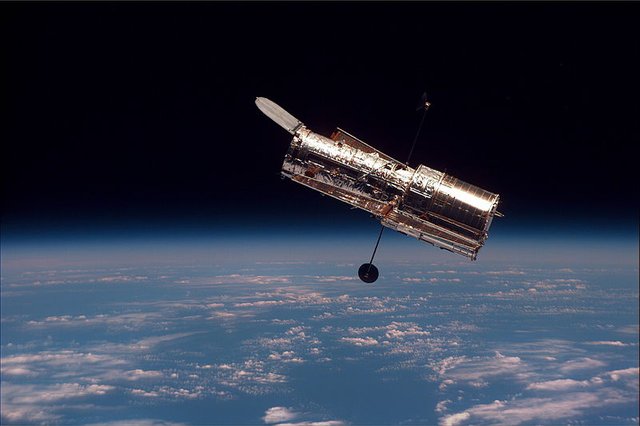 image credit: Wikimedia Commons_ Author: NASA_ CC0 Public Domain
image credit: Wikimedia Commons_ Author: NASA_ CC0 Public Domain Here the aperture is adopted as a great benchmark and the minimum 8-meter diameter aperture telescope has been included in the list. Needless to say, in the field of optics, apache refers to the path of holes entering the lamps. The reflection of the telescope can be much larger than the aperture of the glass, but the aperture mainly determines the resolution of the telescope. Moreover, the measurement criteria of the telescope are considered as an appraisal measurement.
Gran Telescopio Canarias Observatory
Gran Telescopio Canarias is the world's largest telescope canary, with 10.4 m (410 in) reflecting aperture and located in La Palma Island, Spain.
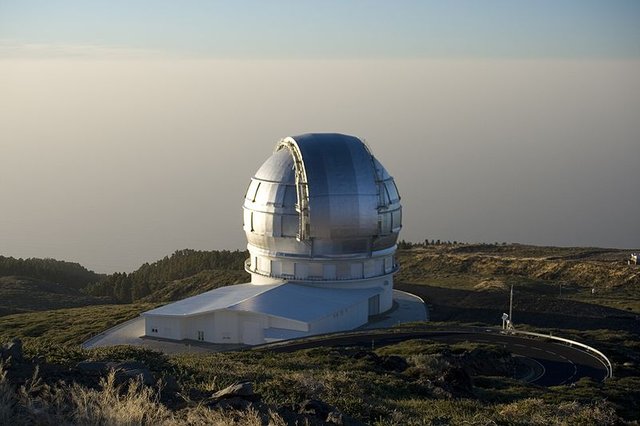 Gran Telescopio Canarias, image credit: Wikimedia Commons_ Author: Pachango_ CC0 Public Domain
Gran Telescopio Canarias, image credit: Wikimedia Commons_ Author: Pachango_ CC0 Public Domain It's a telescope of Roque de Los Muchachos Observatory, one of the world's largest observatory located in La Palma Island. It's 90% ownership are from Spain and the rest of 10% are from the University of Florida and the University of Mexico. Construction of the telescope built at 130 million euros was started in 2002. But due to the bad weather and the remote islands, the makers were quite hesitant about its construction. After two years later, in the year 2009, when the experimental observation was started with 12 reflection glass, the Spanish King Huan Carlos has inaugurated the GRAND TELESCOPE in July 2009 and it contains 36 pieces of reflective glass.
Keck 1 and Keck 2 Telescopes Observatory
In 1977, some scientists from the University of California and Lawrence Berkeley National Laboratory of the United States of America planned to build a large telescope. After the final design was created a few years later, they were close to many big organizations and rich businessmen for financing. Lastly, the US's eminent billionaire businessman H. B. Keck, founded by the WM Keck Foundation, initially funded $ 70 million for the construction of the Keck-1 telescope. Kecke-1's experimental observation was successful in the construction of Keck-2, as well as the work of Keck-1.
 KeckObservatory, image credit: Wikimedia Commons_ Author: NASA_ CC0 Public Domain
KeckObservatory, image credit: Wikimedia Commons_ Author: NASA_ CC0 Public Domain The cost of building two of these telescopes is 140 million dollars, which full cost are carries the Keck Foundation. The construction of the telescopes at the height of 4,100 meters above the surface is completed in 1993 and in 1996 respectively. Both telescopes have 36 hexagonal reflective glass and both diameters are 10 meters. One of the specialties of the telescope is that each of their reflective glass can be controlled separately to reflect light. Moreover, special technologies have been used to keep images of infrared rays more clear and transparent in both telescopes. This two telescope is the part of the United States Mauna Kea Observatories.
Salt Telescope Observatory
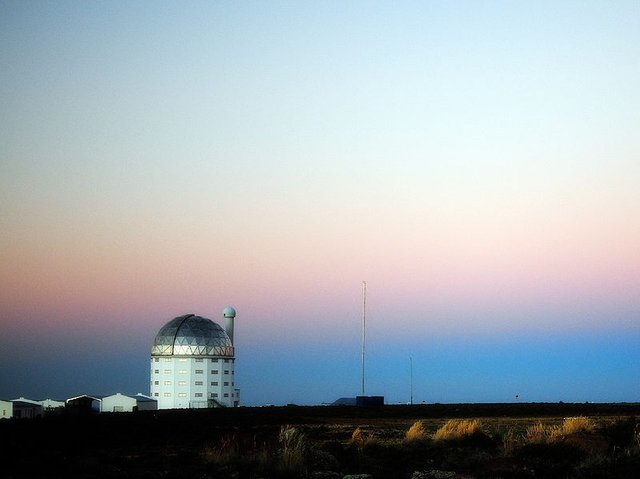 Salt Telescope, image credit: Wikimedia Commons_ Author: Carolina Ödman_ CC0 Public Domain
Salt Telescope, image credit: Wikimedia Commons_ Author: Carolina Ödman_ CC0 Public Domain Salt Telescope is the short form ofThe Southern African Large Telescope's. It is the largest telescope canary of Southern Africa, with 9.4-meter diameter aperture. It's a part of South African Astronomical Observatory. SALT is located in the Sutherland town of South Africa's Karu region, 45 tons of iron has been used to build this giant telescope structure. This is the largest telescope in the southern hemisphere of the world. The telescope has a data transmission speed of 1 GB / second with an optical fiber with regulatory agency Saw.
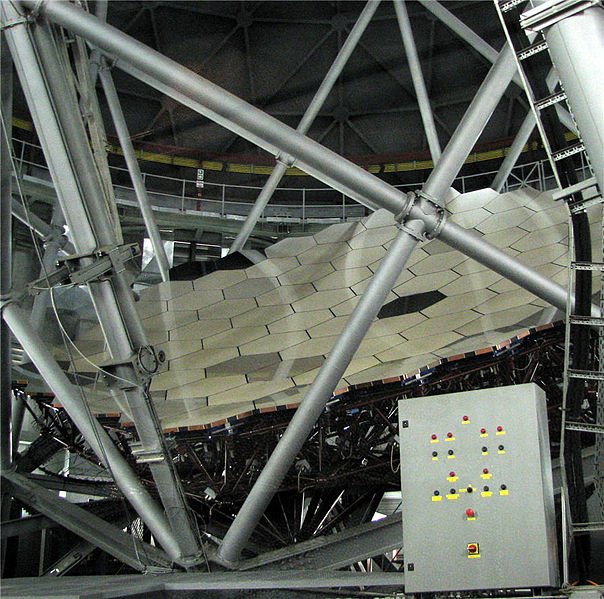
Structured data, image credit: Wikimedia Commons_ Author: Roelof Valentine, Valroe_ CC0 Public Domain
Construction work of the Salt Telescope was completed in May 2005, at a cost of $ 108 million. South Africa boasts one-third of the money. And the rest comes from the other 5 partners of the telescope in Germany, Poland, New Zealand, USA, and the United Kingdom. Then the South African President Thabo Mbeki inaugurated. After the inauguration, the first picture of Salt's capture was a picture of a star called '47-Tucanae '. In addition to taking pictures of observations of stars and their high resolutions, salts will work in spectroscopy and polarimetric analysis.
Large Binocular Telescope Observatory
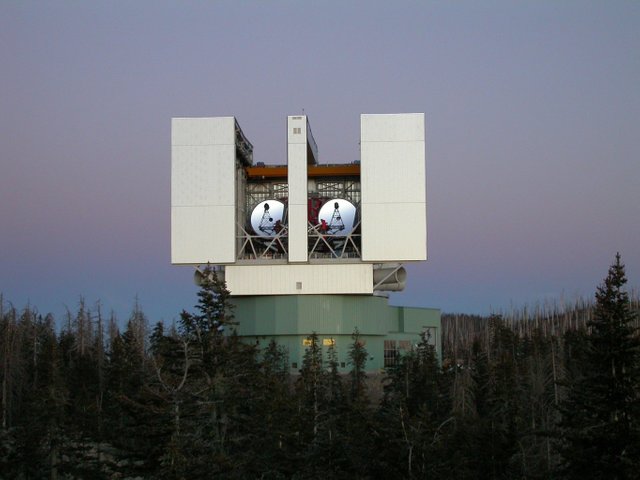 Large Binocular Telescope Interferometer (LBTI), image credit: NASA/JPL-Caltech_ Creative Commons Attribution 4.0
Large Binocular Telescope Interferometer (LBTI), image credit: NASA/JPL-Caltech_ Creative Commons Attribution 4.0 In the Graham Mountains of the United States of America, the 'Large Binocular Telescope', or at least 3,300 meters above the surface of the Graham Mountains, is technically one of the world's most advanced telescopes. It's the world's fourth largest telescope with 8.4-meter diameter aperture. Mount Graham International Observatory, in 1996, took the initiative to create a project called 'Project Columbus'. The budget of 100 million euros comes from Five federal universities, Four Germani institute, and One Italian research institute. The telescope has two 8.4-meter aperture glass, that's why the word 'binocular' has been associated with its name.
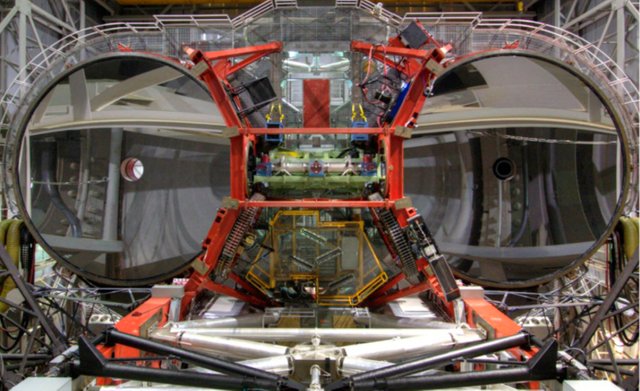 LBTI instrument (green structure) mounted between the two LBT primary mirrors, image credit: http://nexsci.caltech.edu_ Creative Commons Attribution 4.0
LBTI instrument (green structure) mounted between the two LBT primary mirrors, image credit: http://nexsci.caltech.edu_ Creative Commons Attribution 4.0 The telescope faced several obstacles during the construction work. First, the Graham Mountains considered San Carlos tribe holy in the region. Second, the Graham Mountains were the only mountain in the world, where the rare species of red squares is residing. Naturalists complained that the existence of the squirrels on the telescope could be endangered. LBT survived last more than 40 cases. Since the beginning of the official observation of 2006, it has been able to discover a number of stars, which are 700 million light years away from the world!
Subaru Telescope Observatory
The property of Japan's National Astronomical Observatory, Subaru Telescope is located in the 'Mauna Kea' of Hawaii's US state. The Japanese word 'Subaru's English synonym' Pleados' This Pleados is the name of a freeware cluster, named after which is the telescope. This optical telescope's aperture diameter, at a height of 4,000 meters above sea level, is 8.2 meters. Japan's Tokyo University first took the plan to build a telescope. When the entire planning and design is ready, they sign a contract with the Muna Kia Observatory Authority to set up the telescope on Muna Kia Mountain.
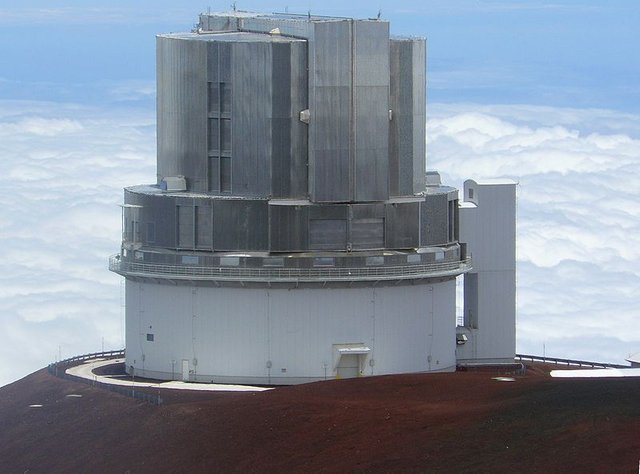 MaunaKea Subaru Telescope, image credit: Wikimedia Commons_ Author: Denys (fr)_ CC0 Public Domain
MaunaKea Subaru Telescope, image credit: Wikimedia Commons_ Author: Denys (fr)_ CC0 Public Domain Construction began in 1991, after 7 years of construction. At the time, four workers were killed in two separate accidents. Plaques have been kept in memory of them at the entrance of the telescope. The Subaru Telescope's main purpose was to finding fabulous stars called 'Planet Nine' which is located outside our solar system. Despite the other observations of space observation, it still now Subaru's unique goal.
Very Large Telescope Observatory
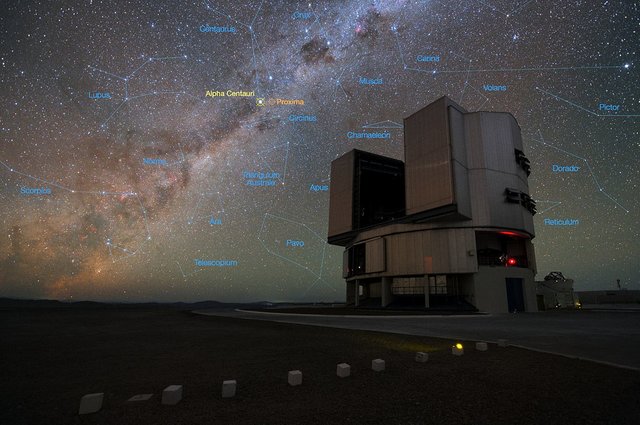 Very Large Telescope, image credit: flickr, Author: European Southern Observatory Creative Commons Attribution 4.0 image
Very Large Telescope, image credit: flickr, Author: European Southern Observatory Creative Commons Attribution 4.0 image In Paranal Observatory, one of the world's largest observatories in the Atacama Desert in southern Chile, there are 4 equally telescopes known as the 'Very Large Telescope' or VLT, which are in charge of the 'European Southern Observatory'. The telescopes at the altitude of 2,600 meters above the surface are named Antu (Sun), Kueyen (Moon), Melipal (Southern Cross), and Yepun (Evening Star), respectively. Appetizer diameter of each 8.2 meters. Telescopes work independently but can also keep pictures together. When VLT collects pictures together, it is capable of taking high-resolution images more than any other telescope in the world.
 Aerial View of the VLTI with Tunnels Superimposed of very large telescope, image credit: Wikimedia Commons_ Author: ESO_ CC0 Public Domain
Aerial View of the VLTI with Tunnels Superimposed of very large telescope, image credit: Wikimedia Commons_ Author: ESO_ CC0 Public Domain When people see the weakest level of light just in the eyes, VLT can detect more than 400 million-odd light! The telescope usually works with visible and infrared light bulbs. VLT can work in three different modes. First, each telescope works separately. In this case, each angle resolution is 0.05 arcseconds. Secondly, all the telescopes work together. Then its angle resolution is 0.002 ARCScend, which is better than any other telescope in the world. The third is 'Extra Lighter Gathering Mode', which is used for general infrared lighting.
Gemini Telescope Observatory
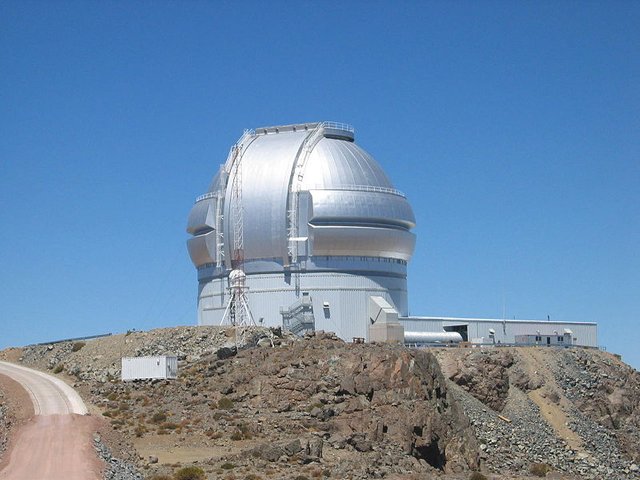 Aerial View of the VLTI with Tunnels Superimposed of very large telescope, image credit: Wikimedia Commons_ Author: Denys (fr)_ CC0 Public Domain
Aerial View of the VLTI with Tunnels Superimposed of very large telescope, image credit: Wikimedia Commons_ Author: Denys (fr)_ CC0 Public Domain Gemini Observatory is the world's most expensive and advanced technology-based observatory. This observatory consists of two 8.1 meter aperture telescopes in two separate locations. The name of the first is 'Gemini North', which is located in the United States. The second name is 'Gemini South', which is located in Chile. It's at the end of the list is the largest, but the telescope is the largest in the world of the infrared telescope. The telescopes were built in collaboration with the United States, Chile, Canada, Brazil, and Argentina. Solar System, the formation and evolution of the acronym, the exponent, the proposition of galaxies, supermassive blackholes, quasars, these sophisticated telescopes in modern astronomy.
References for further reading about this Article
All above the images which used in this article, they are free for commercial use and royalty free. The original links of images I also provided under them

Thanks for reading this article, hope you liked this. If you want you can leave me your thoughts or opinions in the comments sections and don't forget to resteem this article. Have a beautiful day.
✯ Follow @littlemix for more ✯


gif by @foundation
This post has been voted on by the SteemSTEM curation team and voting trail in collaboration with @curie.
If you appreciate the work we are doing then consider voting both projects for witness by selecting stem.witness and curie!
For additional information please join us on the SteemSTEM discord and to get to know the rest of the community!
Hello! I find your post valuable for the wafrica community! Thanks for the great post! We encourage and support quality contents and projects from the West African region.
Do you have a suggestion, concern or want to appear as a guest author on WAfrica, join our discord server and discuss with a member of our curation team.
Don't forget to join us every Sunday by 20:30GMT for our Sunday WAFRO party on our discord channel. Thank you.
We have indeed today many many tools to explore the cosmos. Maybe one comment for the Hawaiian one is that there is an issue with the locals, as the telescope has been built on a sacred mountain. Scientific decisions are not always nice on all aspects (this one may have had deserved more discussions for instance).
Hello @littlemix, thank you for sharing this creative work! We just stopped by to say that you've been upvoted by the @creativecrypto magazine. The Creative Crypto is all about art on the blockchain and learning from creatives like you. Looking forward to crossing paths again soon. Steem on!
@onepageX
This post has received a free upvote by @OnePageX
This bot is sponsored by OnePageX.com
To use it, simply reply to your post with @onepagex and you will get an upvote!
NEW FEATURE:
STEEM SUPPORT ADDED! Convert STEEM to 140+ cryptocurrencies instantly!